
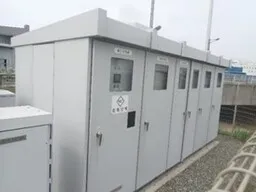
Addressing the Lack of Information Share to Prevent Electrocution Deaths in Workplaces
Addressing Electrocution Deaths in Workplaces
Electrocution accidents in workplaces pose a serious risk, with recent findings revealing that nearly 80% of such incidents can be traced back to insufficient information sharing regarding hazardous areas. The National Institute of Technology and Evaluation (NITE) in Japan has raised awareness on this critical issue, highlighting the need for operators to understand the risks associated with electrical works.
In an analysis conducted between 2022 and 2024, NITE recorded a total of eleven electrocution fatalities among workers, with at least nine of these accidents primarily attributed to inadequate communication about dangerous areas, such as charging parts of electrical installations. Alarmingly, for secondary contractors, six out of seven cases were similarly linked to the lack of communicated hazards.
The Imperative of Information Sharing
Electricity-related incidents can often be prevented through effective communication between management and workers. It's vital that electrical engineers and managers verify that danger information is shared with operators before commencing any work. This includes ensuring that safety measures are in place to avert future electrocution incidents.
More specifically, operators and contractors should be mindful of the following points to enhance safety:
1. For Administrators and Installers:
- Prior to any work, ensure that all workers are briefed on the risks associated with electric current components.
- Share information even for construction tasks that do not involve electrical work, like demolishing buildings or exterior repairs.
2. For Main Contractors:
- Confirm work plans with clients to ensure that safety professionals have vetted them. Obtain necessary documents such as wiring diagrams and site layouts.
- Secure guarantees from clients that the work sites will be rendered voltage-free during work, including preliminary site visits.
- Effectively communicate all work plans and necessary safety measures to subcontractors, ensuring that workers avoid unauthorized work areas and comply with essential electrical safety standards.
3. For Workers:
- Always confirm safety measures and work plans with managers or clients before starting any tasks, especially regarding hazardous areas.
- Prior to commencing work, check with supervisors or relevant personnel about areas posing electrocution risks.
Having clear communication and understanding of safety protocols can significantly mitigate the risk of electrocution in the workplace.
Case Studies of Electrocution Incidents
NITE's findings extend to specific case studies, indicating a pattern where lack of information sharing has led to serious accidents. For instance:
- - Case 1 (September 2023): A contracting electrician suffered electrocution while working on a lighting system, mistakenly believing that only one power source was off. The absence of communication from the management regarding the three active power sources contributed to this tragedy.
- - Case 2 (August 2024): A worker conducting wiring between cubicles mistakenly contacted a live copper bar and was electrocuted; the primary contractor had not been informed about ongoing live work, resulting in poor safety procedures and inadequate protection measures.
- - Case 3 (November 2024): While attempting to remove a protective fence near a transformer, a worker was electrocuted, primarily due to a lack of documented communication between internal departments and contractors about safety protocols.
- - Case 4 (August 2022): A worker was electrocuted when an essential backup power system was mistakenly believed to be off due to outdated documentation, which contributed to a hazardous work environment.
The data indicates that many of these electrocution accidents can be avoided through enhanced protocols for information sharing. All workers, regardless of contract level, must prioritize safety and ensure that communication flows effectively between all parties involved.
Conclusion
In conclusion, the emphasis on shared knowledge regarding hazardous electrical work environments is paramount in preventing electrocution fatalities. The data gathered highlights significant trends that underscore the necessity for a more robust communication framework in workplaces. Embracing these practices can lead to safer work environments and ultimately save lives.
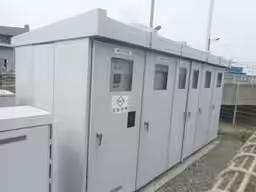
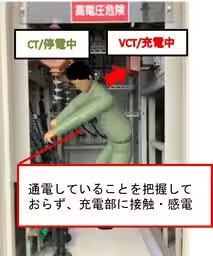

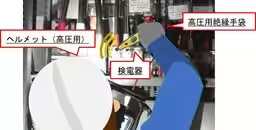

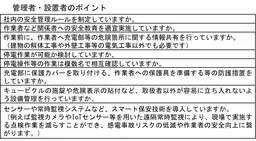
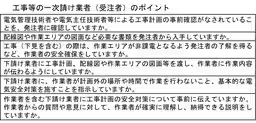
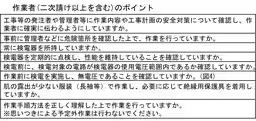

Topics Other)










【About Using Articles】
You can freely use the title and article content by linking to the page where the article is posted.
※ Images cannot be used.
【About Links】
Links are free to use.